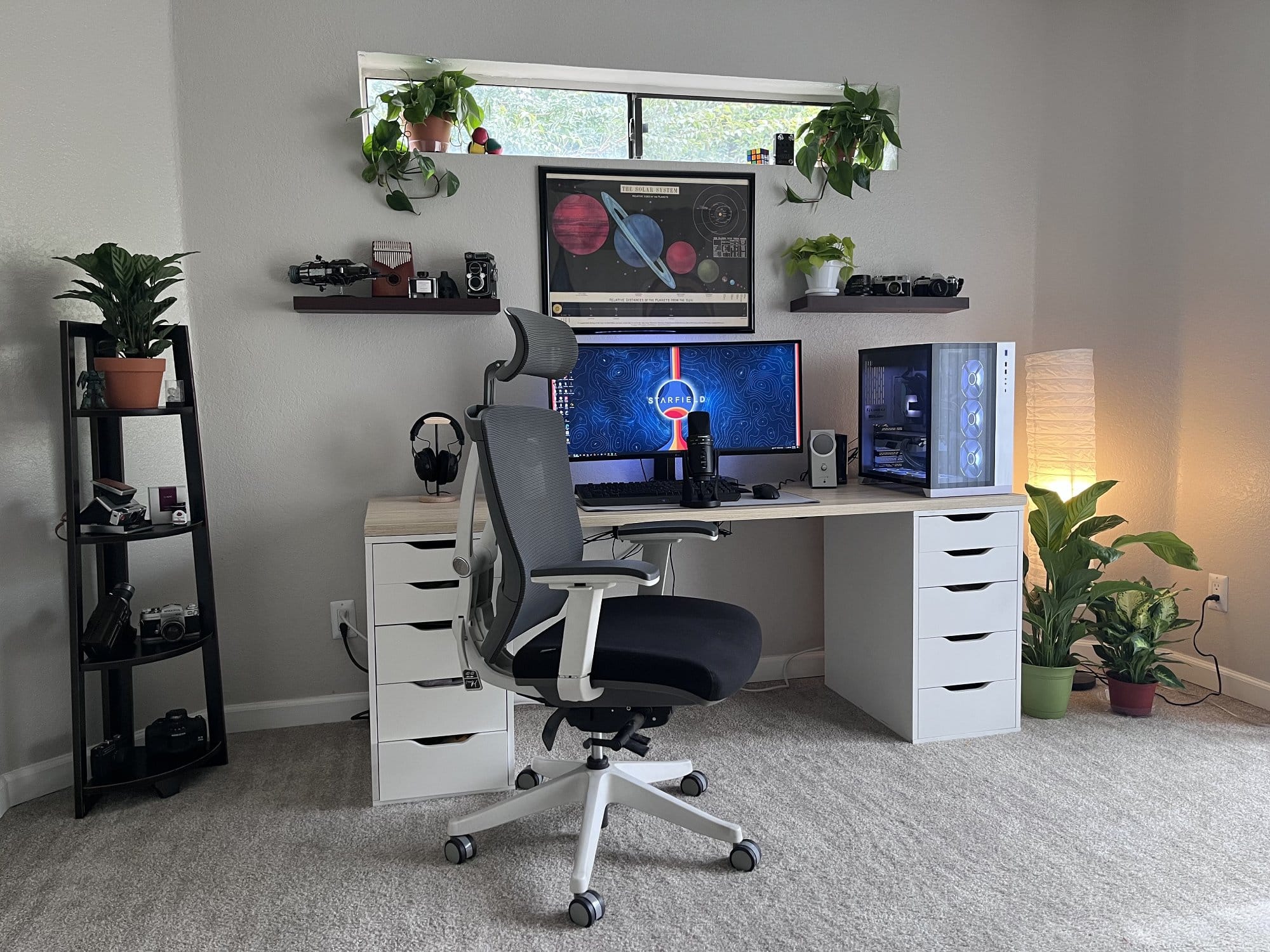Name: Cole Cavolo
Location: Mesa, Arizona, US
Occupation: Videographer/Photographer/Editor
Cost of setup: ~$5K
Social media: Instagram
Hello! Tell us a bit about yourself I’m a full-time Videographer and Editor for a large RV dealership called La Mesa RV.
I shoot and edit commercials and ads for our company.
I’ve been with the company for just over a year, having previously worked as a freelancer in commercial, television, and film productions.
I still take on freelance work when possible, but not as often since I became full-time.
I’m also a hobbyist photographer. I’m always snapping photos whenever I get the chance.
I love to shoot on film and mainly use my Mamiya RB67 for my photography.
I develop and scan my own photos when I have the time and the chemicals, but I use some local labs for convenience.
I’m really just a fan of analogue workflows and tech in general.
When I’m not working or taking photos, I’m in my office playing games or music.
Take us through your setup
The key features of my desk setup that help with my work and hobbies are my ultrawide monitor, headphones and DAC/AMP , and my PC itself built for video editing and gaming.
I use DaVinci Resolve mainly for my video editing and colour grading.
Unlock Exclusive Desk Tours & Workspace Inspiration
Become our Productivity Patron for just $5/month and get insider access to 100+ workspace interviews, expert tips, and exclusive content to upgrade your setup.
Become a member
Already have an account? Sign in

